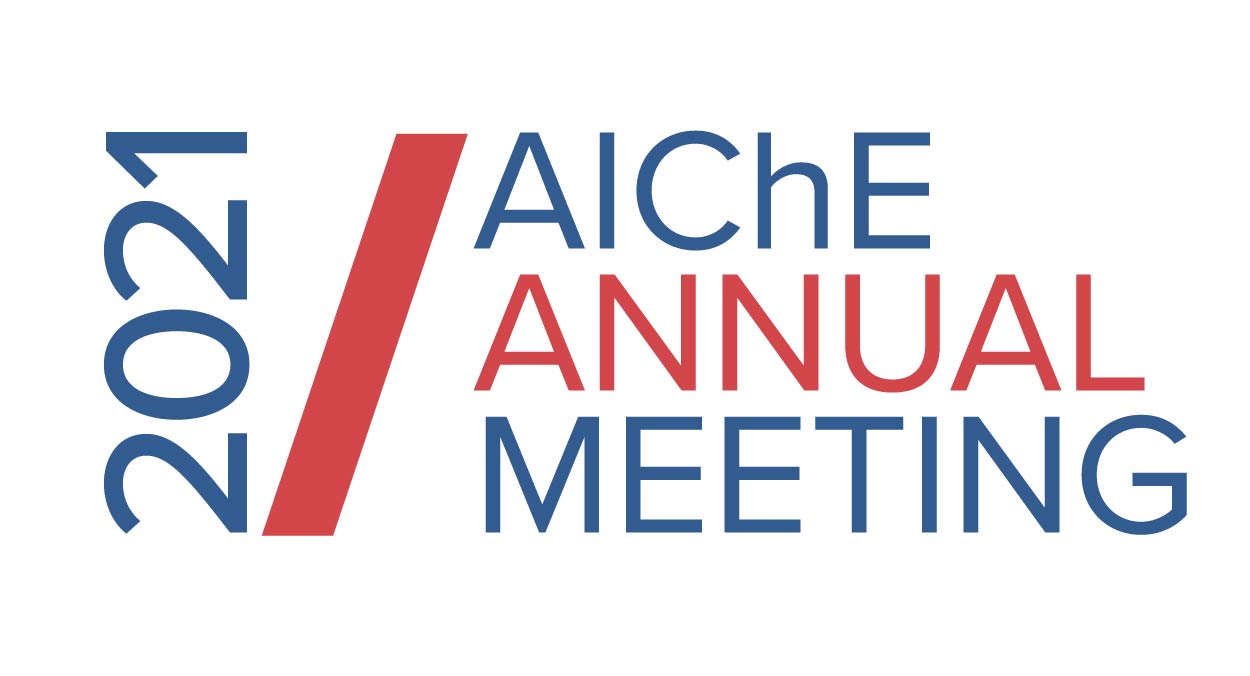

Nanoparticles, materials with at least one dimension less than 200nm, have been the subject of increasing research interest due to unique nanoscale properties for a variety of applications. In addition to high surface-area-to-volume ratio, nanoparticle shape and nature of exposed surfaces impacts functionality with much research dedicated to controlling these nanoparticle features. Supercritical fluid (SCF) synthesis can utilize “green†(e.g., non-toxic, abundant, and renewably sourced) solvents, such as water or ethanol, by applying the unique properties of a solvent as it transitions from subcritical to supercritical state to specifically manipulate nanoparticle formation, with potential to control for size and shape. It is a relatively simple process with few steps and has been successfully scaled with supercritical water, enabling manufacture of 1000 tons of nanoparticles per year. While this water synthesis has shown to be successful, scaled synthesis with supercritical ethanol is nascent and may have potential benefits over water synthesis. For example, ethanol has a lower critical point than water so potentially lower energy requirements for similar SCF synthesis benefits. In addition, ethanol can act as a reducing agent at SCF conditions, enabling synthesis of pure metal nanoparticles, while water is oxidizing and mainly creates metal oxide nanoparticles unless substantial amounts of reducing agents are added. In this study, these potential benefits are evaluated with a life cycle perspective to weigh considerations with solvents, synthesis energy consumption, and nanoparticle quality. Here, knowledge of the full-scale supercritical water plant along with Aspen process models are applied to evaluate the life cycle assessment impacts of supercritical ethanol synthesis versus supercritical water synthesis at the lab scale and full production scale. This study informs solvent selection for supercritical fluid nanoparticle synthesis to make the best decision regarding environmental impacts and quality of nanoparticle product.
Presenter(s)
Once the content has been viewed and you have attested to it, you will be able to download and print a certificate for PDH credits.
If you have already viewed this content,
please click here
to login.
